News
From farm to fork: What makes the perfect lettuce
Tuesday, January 10th, 2023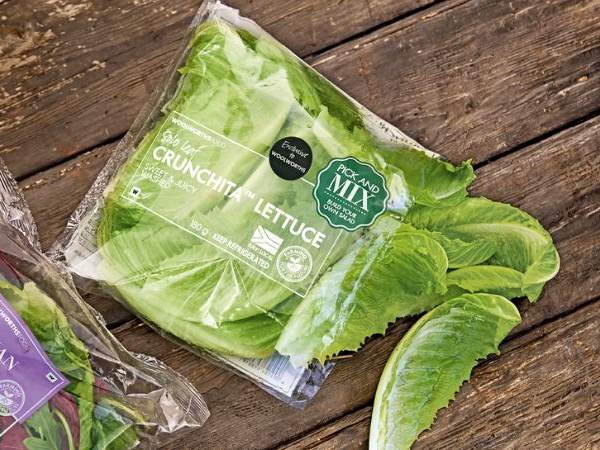
Brought to you by Woolworths
Juicy, buttery, nutty, crunchy, bitter or deliciously sweet – everybody loves beautiful leafy greens. However, making that perfect lettuce available all year round and meeting Woolies ’strict requirements can be quite challenging for farmers. We get expert insights from a tech-nologist to understand what makes the perfect lettuce, where and how it’s grown, and how it’s packaged and distributed.
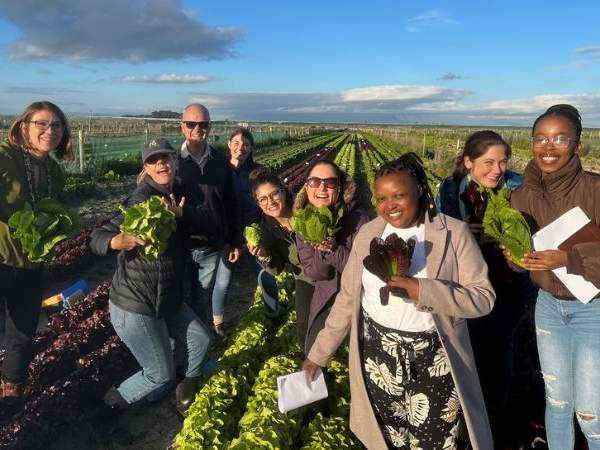
Image captured in August at the Rijk Zwaan demo fields in Phillipi at Cape Salads
Growing good-quality lettuces
For lettuce to reach its ultimate potential, it has to be grown in cool, moderate, stable condi-tions. Woolies has 10 farms located around South Africa in the best growing regions for their seasons. “This strategy ensures continued top quality supply to our valued customers year round, with the lowest possible carbon footprint,” says Mari de la Buscagne, leaf technologist at Woolworths Foods.
Cultivation
“Lettuce is a very sensitive crop to grow in the extreme environmental conditions of the South African climate. This instigated a need to move towards covered and hydroponic growing meth-ods through the use of nutrient film technology (NFT). Our crops are grown using a wide range of cultivation methods, from open soil and overhead irrigation farms, to medium technology hy-droponic systems in greenhouses,” says Mari.
Hydroponics is a method of growing plants using nutrient-rich water solutions without soil. The lettuce is grown in a channel or waterbed and the nutrient-rich water flows over the root mass, providing it with a nutrient film for optimal nutrient uptake and oxygen availability. This method results in higher yields, reduced water usage and reduced input costs.
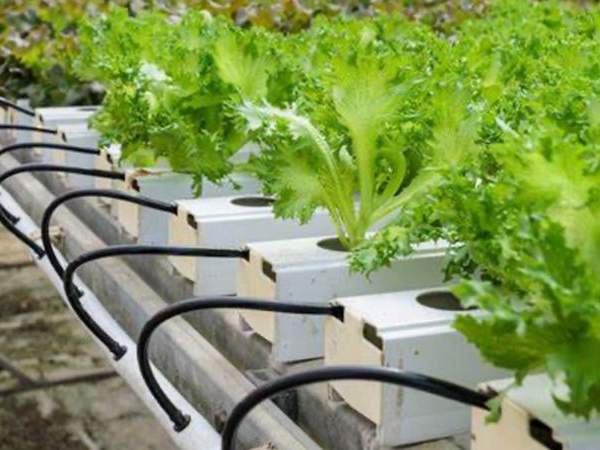
A Hydroponic system for growing lettuce
Challenges
As you would expect, the threat of insects and disease will always be a factor. Mari says: “As part of Woolworths ’Good Food Journey and the Farming for the Future program, we aim to minimise the use of chemical pesticides and do not spray our crops when there are reasonably low levels of insects present. Scouting is an integral part of integrated pest management and is done regularly to correctly identify the types and numbers of insects and disease present. This then informs further crop management decision-making.
We encourage farmers to reduce their chemical usage and to use a holistic approach to manage pest populations, for example using natural biological control on their crops. This means that minor insect damage or an insect might be present on a product every now and again without it affecting the eating quality or safety of the lettuces.”
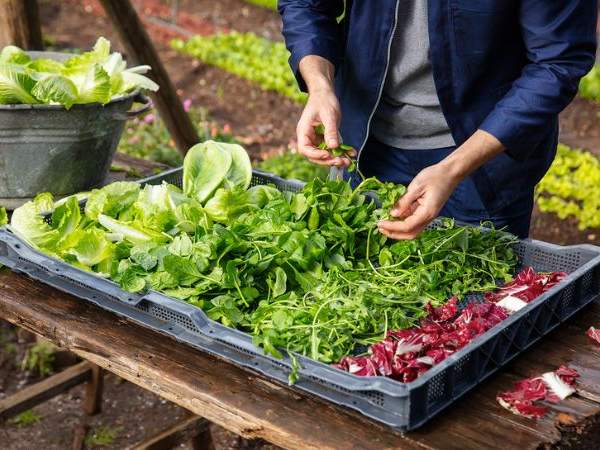
Post-harvest practices
To ensure that the harvested crops remain in good shape from the moment they are harvested to the moment they reach customers, Mari says that lettuce is carefully harvested during the cool hours of the day into crates and transported to packhouse fridges that consistently run be-low 5°C to remove field heat as quickly as possible. Then, whole heads are trimmed, carefully graded, packed and placed back into the chillers within the technical best practice guidelines as set out by Woolies ’technical team.
Washed and ready-to-eat lettuce products are carefully cut to specification, sorted and washed, then spin-dried and packed in areas that are temperature controlled, then placed into 5°C stock-holding chillers.
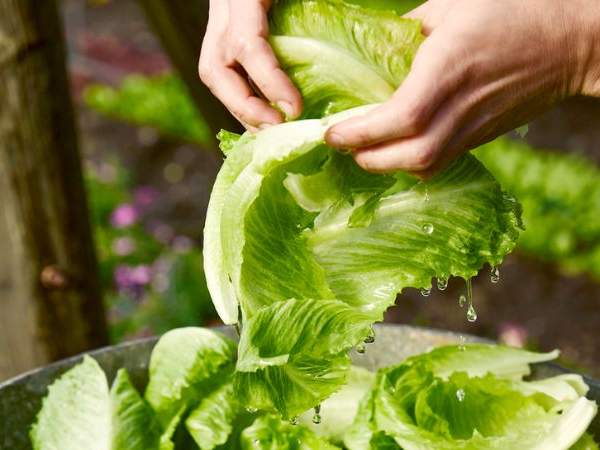
Once the products are ready for dispatch, they are sent to various stores in refrigerated trucks below 5°C. Once they arrive at the stores, the products are received and speedily placed into store fridges, where they are kept until they are placed into the store’s fridges within the re-quired 8-minute rule to ensure the cold chain is maintained for best shelf-life and top quality.
Selecting the best lettuce varieties
The process that Woolie technologists and product developers follow in their quest for finding and selecting the best possible varieties is extensive – this includes tasting many lettuces for fla-vour profiles and collecting data on field days. Extensive trials are then rolled out to the growers to establish the ideal seasonal slot and growing conditions for the varieties selected at their sites
The exclusive Crunchita®
“We travel extensively internationally to discover new and exciting products and found the crunchiest Crunchita® lettuce in the Netherlands at the Rijk Zwaan seed house. Rijk Zwaan’s in-novation team continuously challenges their team to come up with new and innovative con-cepts,” says Mari.
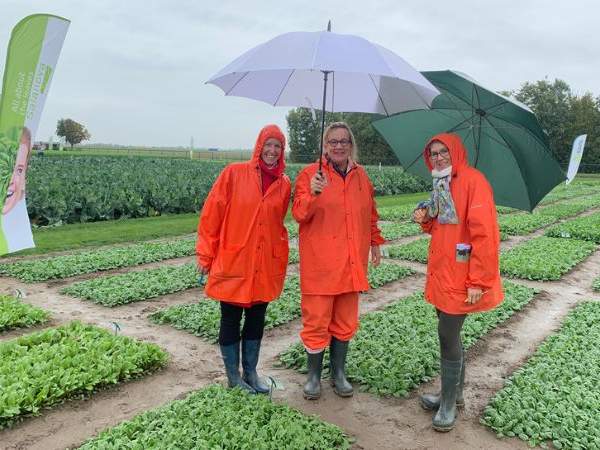
Image captured at Fijnaard in Holland at the Rijk Zwaan demo fields with Bauke van Lenterin (Rijk Zwaan Leaf and Marketing specialist) Izette Oelofste (Woolworths New Product Developer) Mari de la Buscagne (Woolworths Leaf Technologist).
Through natural cross-breeding methods, the breeding team combined the very popular iceberg lettuce and cos lettuce types and the result is a CrunchyCos™ lettuce – better known in South Africa as Crunchita®. Woolies has registered the name Crunchita® and has signed an exclusivity agreement with Rijk Zwaan to ensure you will only find Crunchita® in Woolies stores in South Africa.
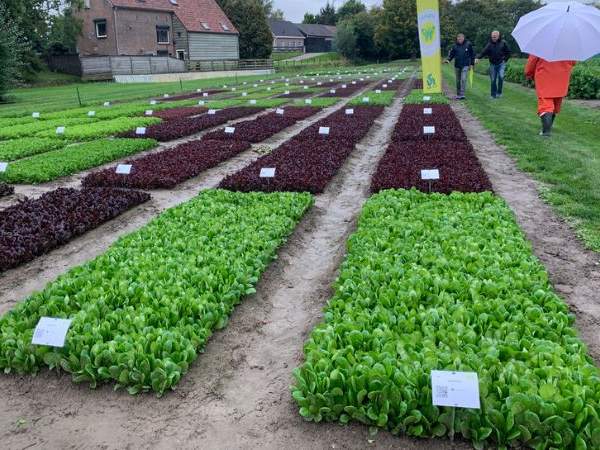
Image captured at Fijnaard in Holland at the Rijk Zwaan demo fields.
True to its name, the Crunchita® lettuce has a crunchy bite, a delightfully sweet flavour, excellent shelf-life, and intense green leaves. Its wide range of attributes includes being suitable to be sold as heads and loose leaves and being grown hydroponically or in soil.




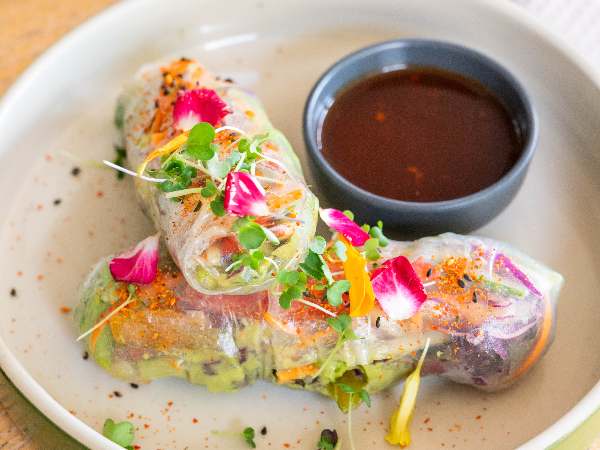
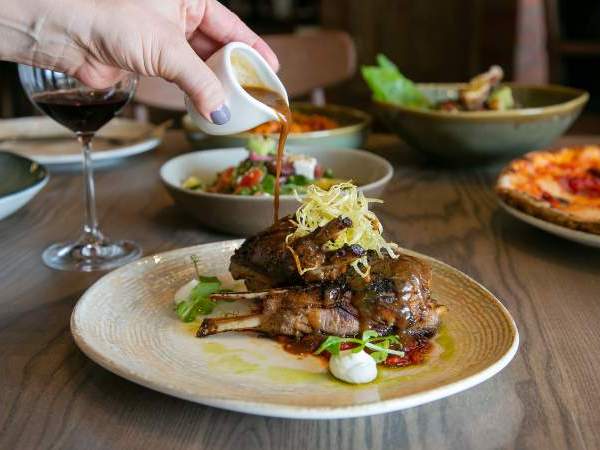
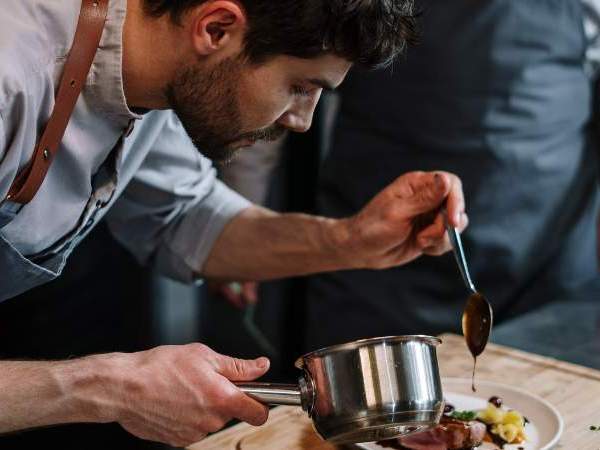






Why is the red butter lettuce not available at Woolworths anymore ?